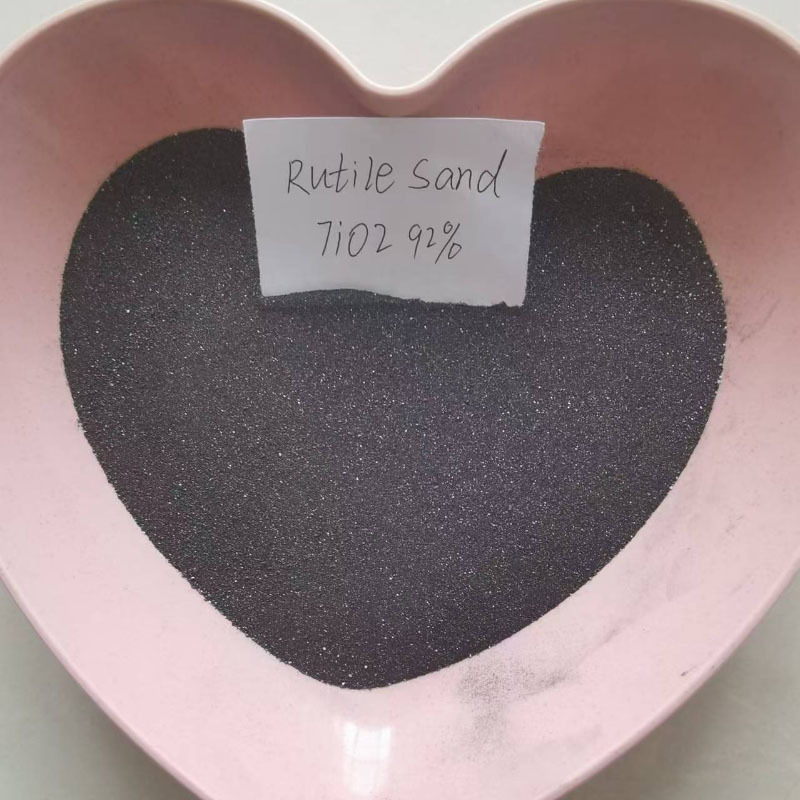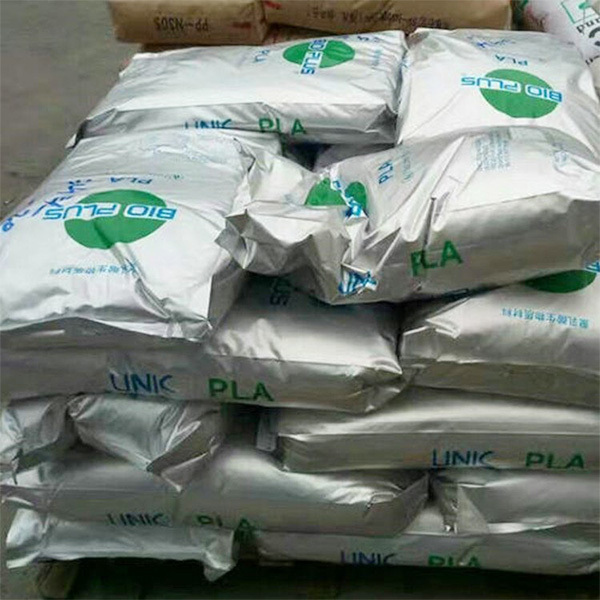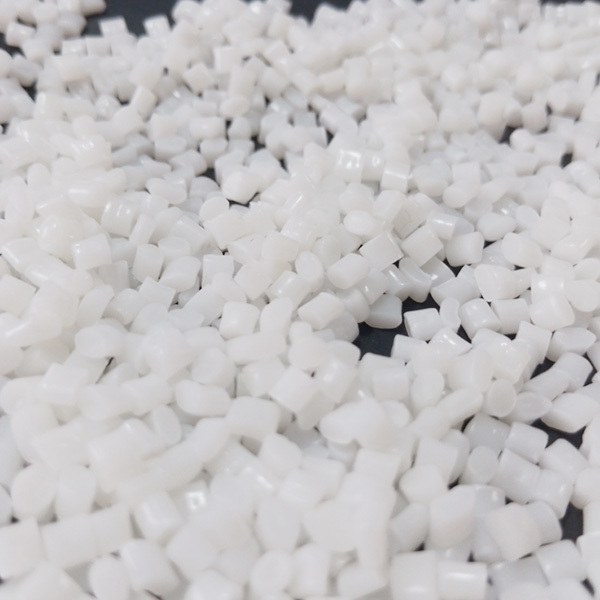Maximizing Chemical Innovations Through Advanced Applications of Rutile Sand
Release Time:
Jun 17,2025
Maximizing Chemical Innovations Through Advanced Applications of Rutile Sand Table of Contents Introduction to Rutile Sand and Its Chemical Applications What is Rutile Sand? Chemical Properties of Rutile Sand Applications of Rutile Sand in the Chemical Industry 1. Pigments and Coatings 2. Ceramics and Glass 3. Plastics and Composites
Maximizing Chemical Innovations Through Advanced Applications of Rutile Sand
Table of Contents
- Introduction to Rutile Sand and Its Chemical Applications
- What is Rutile Sand?
- Chemical Properties of Rutile Sand
- Applications of Rutile Sand in the Chemical Industry
- Benefits of Using Rutile Sand
- Future Trends in Rutile Sand Applications
- Challenges and Considerations
- Conclusion
- FAQs about Rutile Sand and Its Chemical Applications
Introduction to Rutile Sand and Its Chemical Applications
Rutile sand is a mineral primarily composed of titanium dioxide (TiO2) and represents one of the most abundant sources of titanium in the earth’s crust. As industries increasingly seek innovative solutions to improve product quality and sustainability, rutile sand has emerged as a vital component in various chemical applications. This article aims to explore the extensive possibilities that rutile sand offers in maximizing chemical innovations, highlighting its properties, applications, and future prospects.
What is Rutile Sand?
Rutile sand is a naturally occurring titanium mineral that is recognized for its high refractive index and exceptional chemical stability. Found in sedimentary deposits, it commonly occurs alongside other minerals such as ilmenite and zircon. Rutile is primarily mined for its titanium content, which plays a critical role in the production of titanium dioxide (TiO2) pigments, used widely across various industries.
Chemical Properties of Rutile Sand
Rutile possesses several unique chemical properties that make it an ideal candidate for numerous applications:
High Purity and Stability
Rutile sand is known for its high purity levels, often reaching over 90% TiO2. This purity contributes to rutile's remarkable stability under various environmental conditions, making it suitable for long-term applications.
Refractive Index
With a high refractive index of about 2.7, rutile sand is effective in scattering light, making it a vital component in pigments and coatings.
Resistance to Corrosion and Weathering
Rutile shows excellent resistance to corrosion and weathering, making it a preferred material in harsh chemical environments.
Applications of Rutile Sand in the Chemical Industry
The versatility of rutile sand extends into various sectors of the chemical industry. Below are some significant applications:
1. Pigments and Coatings
Rutile sand is extensively used in the production of titanium dioxide pigments, which are known for their bright white color and opacity. These pigments are integral in manufacturing paints, coatings, and plastics, providing durability and aesthetic appeal. The use of rutile in coatings results in improved UV resistance and longevity of products.
2. Ceramics and Glass
In the ceramics and glass industries, rutile sand enhances the strength and color stability of products. Rutile's properties increase the translucence and workability of ceramics, making it a critical additive in the production of high-performance glass and ceramics.
3. Plastics and Composites
Rutile sand is also utilized as a reinforcing agent in plastic and composite production. Its incorporation improves tensile strength and stiffness, contributing to the overall performance of products. Furthermore, rutile enhances the thermal stability of plastics, making them suitable for high-temperature applications.
Benefits of Using Rutile Sand
Choosing rutile sand in various applications offers multiple benefits:
Environmental Sustainability
Utilizing rutile sand reduces the dependency on synthetic alternatives, promoting environmental sustainability. The natural origin of rutile contributes to lower carbon footprints in industrial processes.
Cost-Effectiveness
Rutile's efficiency in various applications can lead to cost savings in production. Its durability often translates to longer-lasting products, reducing the need for frequent replacements.
Versatility
Rutile sand's diverse applications across multiple industries showcase its versatility. Industries ranging from automotive to construction can harness the benefits of rutile for enhanced product performance.
Future Trends in Rutile Sand Applications
The future of rutile sand in the chemical industry appears promising, driven by ongoing research and advancements in technology:
Nanotechnology
The integration of rutile sand in nanotechnology is expected to yield innovative materials with enhanced properties. This includes the development of nanocomposites that offer superior performance in various applications.
Green Chemistry
As industries move toward more sustainable practices, rutile sand will likely play a pivotal role in green chemistry initiatives. Its natural properties align with the goals of reducing hazardous substances in chemical processes.
Advanced Coatings
With the demand for advanced coatings increasing, rutile sand's unique properties will be critical in developing coatings that offer enhanced protection, longevity, and aesthetic appeal.
Challenges and Considerations
While rutile sand presents numerous opportunities, certain challenges must be addressed:
Supply Chain and Accessibility
The availability of high-quality rutile sand can be inconsistent due to mining regulations and environmental concerns. Ensuring a steady supply chain is crucial for industries dependent on this resource.
Environmental Impact of Mining
Mining operations can have significant environmental impacts if not managed responsibly. Sustainable mining practices are essential to minimize damage to ecosystems and ensure compliance with regulations.
Market Fluctuations
The market for rutile sand can be volatile, influenced by changes in demand, regulatory policies, and global economics. Companies must stay informed about market trends to make strategic decisions.
Conclusion
Rutile sand stands as a cornerstone in the quest for chemical innovation, offering unmatched properties and versatile applications across various industries. From enhancing pigments to improving the performance of plastics and ceramics, the potential of rutile sand is vast and still largely untapped. As we embrace advancements in technology and sustainable practices, rutile sand will undoubtedly play a pivotal role in shaping the future of the chemical industry, driving both efficiency and environmental stewardship. Emphasizing the necessity of responsible sourcing and innovative uses will further enhance the position of rutile sand as an invaluable asset in modern chemical processes.
FAQs about Rutile Sand and Its Chemical Applications
1. What is rutile sand primarily used for?
Rutile sand is primarily used for producing titanium dioxide pigments, which are utilized in paints, coatings, plastics, and ceramics.
2. How does rutile sand improve product durability?
Rutile provides excellent resistance to corrosion and weathering, enhancing the longevity of products in various applications.
3. What are the environmental benefits of using rutile sand?
Using rutile sand promotes sustainability by reducing reliance on synthetic materials and minimizing the carbon footprint in production processes.
4. Are there any challenges associated with rutile sand mining?
Yes, challenges include supply chain inconsistencies, environmental impacts of mining, and fluctuations in market demand.
5. What future trends can we expect in rutile sand applications?
Future trends include advancements in nanotechnology, green chemistry initiatives, and the development of advanced coatings that leverage rutile's properties.
This article provides a comprehensive exploration of rutile sand's applications in the chemical industry, positioning it as a key player in innovations aimed at enhancing product quality and sustainability.
Keywords:
You Can Also Learn More About Industry Trends






